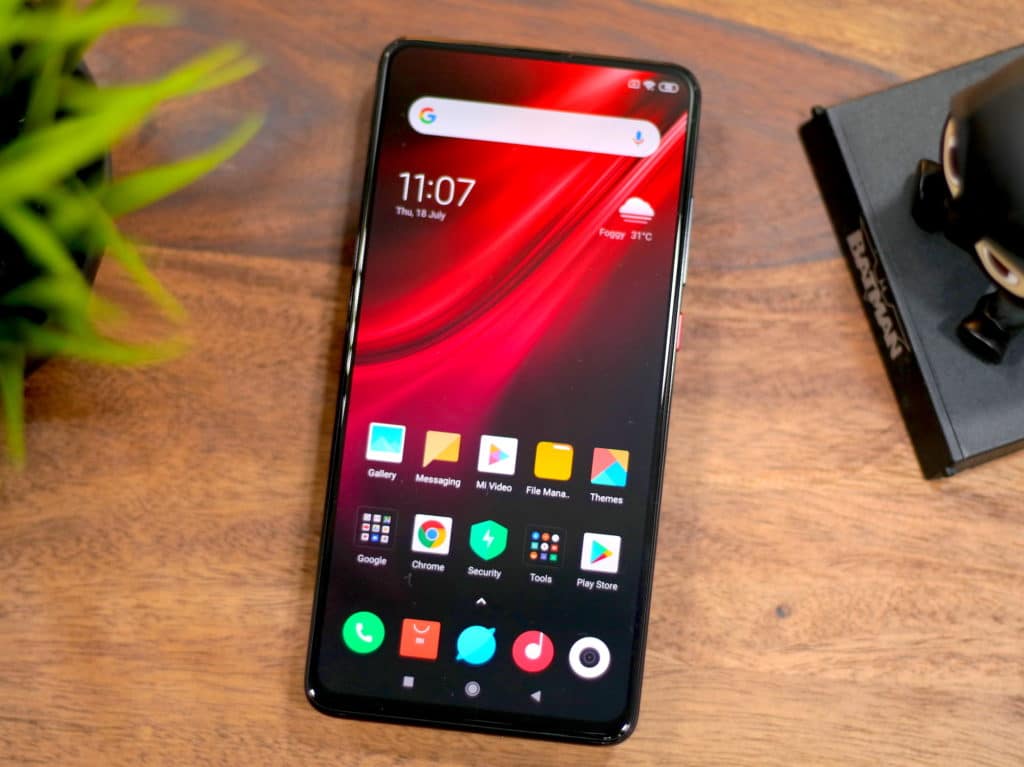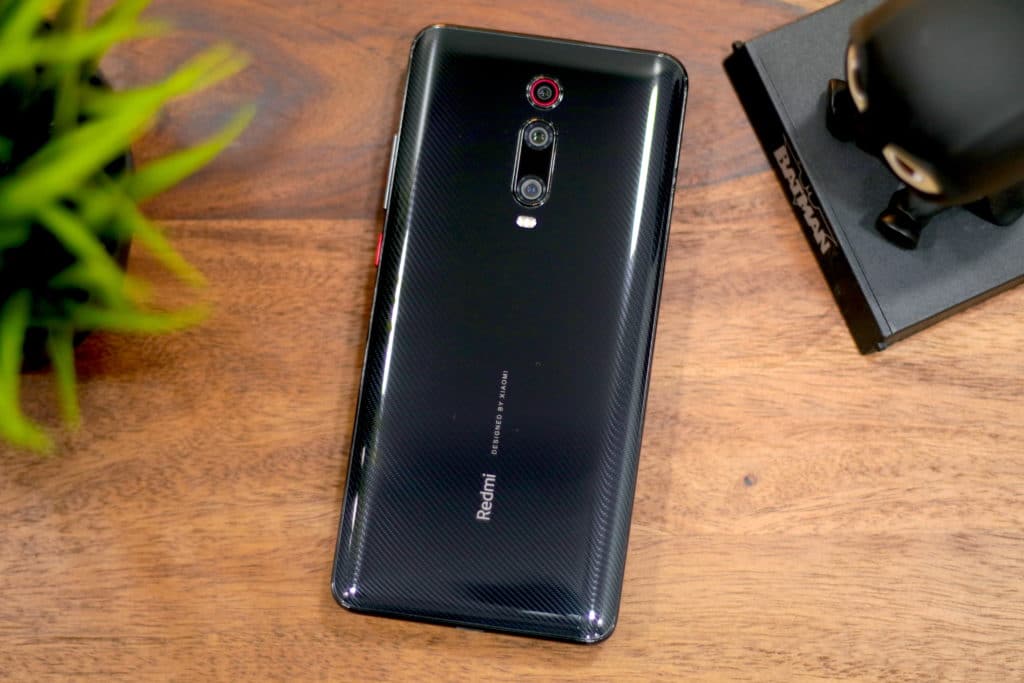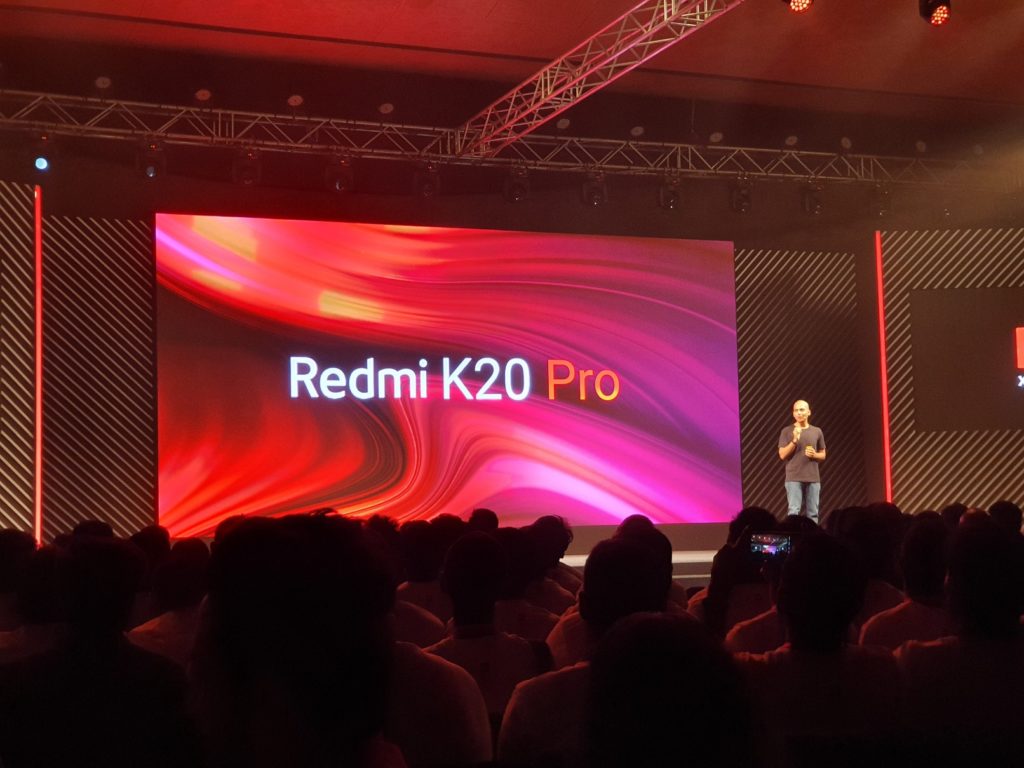
Xiaomi is the largest smartphone vendor in India. Its success can be attributed to the popularity of its budget Redmi and Redmi Note series. While the company has launched its flagship Mi Mix and Mi series handsets in India, they failed to do well. This time around, Xiaomi is bringing a new flagship-grade smartphone under its Redmi branding: the Redmi K20 Pro.
While the Redmi K20 is a premium mid-ranger, the Redmi K20 Pro sits at the top of the food chain. It is the best smartphone that Xiaomi’s sub-brand Redmi has to offer packing all the bells and whistles of a flagship smartphone. How good is the Redmi K20 Pro then? Is it all about its excellent value for money? Or is there more to the device? Find out in this review.
Read: Redmi K20 and Redmi K20 Pro: Top Hidden Features
Redmi K20 Pro Review
The Good
Display
The 6.39-inch FHD+ AMOLED panel of the Redmi K20 Pro is not going to win any awards in terms of accuracy, brightness, or color accuracy. However, for a phone that is priced under Rs 30,000, this is easily among the best displays in that segment.
It gets plenty bright that content is readable even in direct sunlight, it has great viewing angles, there’s no strange color shift, the color accuracy is not horribly wrong, and there are no weird ghosting issues. I can’t recall any other smartphone under Rs 30,000 that has a display as good as the K20 Pro. Even the AMOLED panel of the OnePlus 7 is not as good as the one on the Redmi here.
Yes, the Galaxy S10, OnePlus 7 Pro feature a better AMOLED panel, but they are notably more expensive than the Redmi K20 Pro as well.

Performance and Battery Life
The Redmi K20 Pro comes with a Snapdragon 855 chip, 6/8GB RAM, and 128GB UFS 2.1 of storage. Xiaomi’s marketing surrounding the Redmi K20 Pro is all about its speed, so it is no surprise that the phone offers excellent performance.
There’s absolutely no hint of lag or stutter irrespective of whatever you throw at the phone — heavy apps or games like PUBG. Xiaomi has thoroughly optimised MIUI 10 on the Redmi K20 Pro to deliver the best performance possible. This phone delivers flagship-level performance and there’s no doubting it. MIUI 10 is a very heavy skin so kudos to Xiaomi for delivering such fantastic performance with the Redmi K20 Pro.
With a 4,000mAh battery, it is no surprise that Redmi K20 Pro delivers outstanding battery life. The phone can easily deliver 6-7 hours of Screen-on time on a single charge. Throw in an hour or two of PUBG and you will still make it through a day without any issues.
On moderate use, the Redmi K20 Pro will easily last for 1.5 days. And with 27W fast charging support, the phone is super quick to charge as well.
You get an 18W charger in the box which is not as fast as the 27W SuperSonic charger. However, for regular use, the bundled charger will do just fine and top the 4,000mAh battery in just over 2 hours.
If you travel a lot, you should invest the 27W SuperSonic charger as it would be a boon for short bursty charging sessions.
There’s no wireless charging support on the Redmi K20 Pro which is a bummer. But I guess this is an omission which makes it clear that the phone sits just below flagship smartphones and is not exactly a flagship like the Galaxy S10, Huawei P30 Pro.
Build Quality

With Gorilla Glass 5 panels at the front and rear sandwiching an aluminum chassis, it is not surprising that the Redmi K20 Pro has stellar build quality. While Xiaomi’s own Redmi Note 7 Pro also offers Gorilla Glass 5 panels at the front and rear, the Redmi K20 Pro feels a notable step up from it in terms of build quality. Its build oozes a level of fit and finish which other smartphones in this price range cannot match.
In fact, a testament to K20 Pro’s build quality is the fact that almost every other smartphone in this price range either comes with a polycarbonate back or if they feature a glass back, they end up compromising on the internals.
There’s no water resistance rating here but the Redmi K20 Pro features P2i nano-coating which makes it splash-resistant. Don’t go around dunking the phone in liquid though as the standard warranty does not cover for any kind of liquid damage.
Despite packing a 4,000mAh battery, a pop-up selfie camera, a USB-C port, and almost everything under the sun, Xiaomi has also managed to include a headphone jack on the K20 Pro. What’s even more impressive is that it offers excellent sound output thanks to the built-in Hi-Fi DAC.
One issue with the K20 Pro’s build quality is related to the pop-up camera. While it is cool and all to see the front camera pop-up from the top of the phone, the pop-up mechanism on the K20 Pro is notably slower compared to what you get on the likes of the Vivo V15 Pro and other phones. This is not an issue when one would like to use the selfie camera but it renders the face unlock feature useless as it greatly bogs down the whole process.
The in-display fingerprint scanner is nowhere near as fast as the one found on the OnePlus 7 series. Thankfully, Xiaomi has rolled out a software update after the phone’s release to improve its performance further.
The Average
Camera

The triple-camera system on the Redmi K20 Pro is not going to win it any awards in terms of performance. The primary 48MP Sony IMX586 sensor is able to capture some great photos in daylight, but like every other phone using this sensor, it struggles a bit in low-light scenarios. Daylight photos, however, come out really impressive, with plenty of details, great dynamic range, and the colors boosted by just about the right amount.
In low-light, the biggest issue is that the K20 Pro ends up taking a lot of blurry photos. This can be blamed on the lack of the OIS as the camera tries to keep the shutter open for a longer period of time to absorb more light.
The 13MP 124-degree ultra-wide angle lens takes decent photos as long as there’s plenty of light. The quality takes a massive beating as the amount of light available reduces. There’s also a bit of a fish-eye effect at the edges, but that’s a given since the lens has such a wide FoV. The ultra-wide angle camera is all about the FoV and the overall images come out soft and lack details.
The 8MP telephoto lens is strictly okay and there’s not much to talk about it. Since there’s no OIS, you have to be careful while taking photos with it as they might come out blurry otherwise.
The 20MP selfie camera does a pretty decent job, though it does have a tendency to blow out the highlights. Xiaomi is working on a software update that should fix this issue to a certain extent.
Software

Like other Xiaomi devices, the Redmi K20 Pro also runs on MIUI 10 based on Android 9.0 Pie. However, the MIUI experience is vastly different from what you would get on a Redmi 7 or Redmi Note 7 Pro. While the UI/UX is the same, MIUI 10 on the Redmi K20 series offers a cleaner experience as it does not show system UI ads.
Xiaomi has a tendency to show ads in system UI elements in MIUI. The amount of ads in the system has only increased in recent times and had become a frustrating issue. So, the relatively clean MIUI experience on the Redmi K20 Pro comes as a breath of fresh air.
One issue that remains, however, is that of spam notifications from system apps. Some of the pre-loaded system apps from Xiaomi like the browser, Mi Video, and Mi Music send a lot of unnecessary notifications which can only be categorized as spam. It is one thing to send such notifications once every few days but sending them at least once on a daily basis can get a bit overbearing.
Xiaomi also added a Dark mode in MIUI 10 on the Redmi K20 series which looks absolutely stunning on the AMOLED display.
Despite the cleaner experience, MIUI 10 looks and feels dated when compared to Samsung’s OneUI or OxygenOS. Some of the system apps are in dire need of a UI overhaul and look dated.
Even when one looks beyond its excellent value for money ratio, the Redmi K20 Pro is an impressive smartphone. The phone delivers on all key aspects and there’s really no major fault with it. The premium smartphone market in India is dominated by OnePlus, but Xiaomi has managed to come up with a formidable competitor in the form of Redmi K20 Pro. In my opinion, it is a no-brainer to buy the Redmi K20 Pro over the OnePlus 7.








